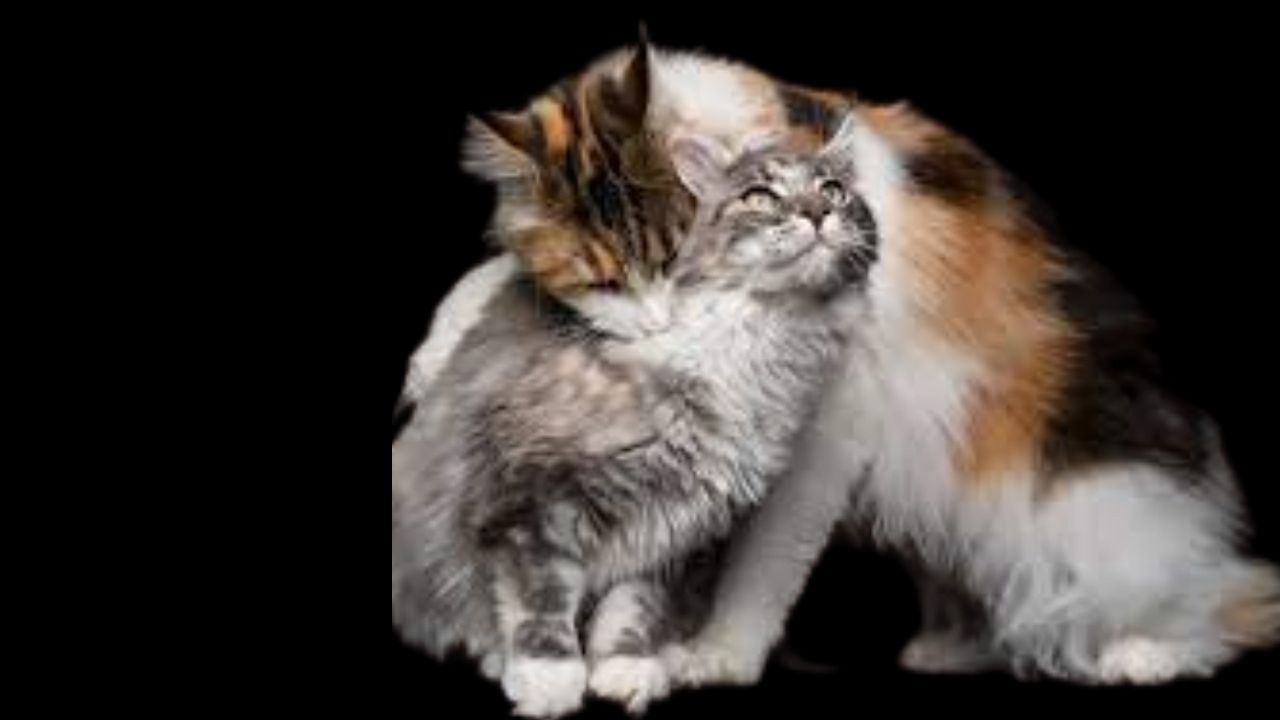Why Is My Cat Biting My Other Cat’s Neck? Unveiling the Mystery Behind Feline Behavior
If you’ve ever witnessed your cat biting another cat’s neck, you might have wondered what’s going on in the feline world. Cats have their own language, and this behavior is part of it. In this article, we’ll explore the intriguing world of cats biting each other’s necks, uncovering the reasons behind this behavior and what it means in their social dynamics.
1. Natural Instincts
Cats are hunters by nature, and they have instincts that mimic their wild ancestors. One possible reason for neck biting is rooted in their hunting behavior. In the wild, a cat’s neck is a prime target to immobilize prey. When cats engage in this behavior with their feline companions, it’s a playful expression of their instinctual hunting skills.
2. Communication
Cats communicate in unique ways, and neck biting is one of them. A gentle bite to the neck can be a sign of affection or bonding between cats. It’s like a feline handshake or a hug. One cat might initiate it to show camaraderie, and if the other cat is comfortable with it, they might reciprocate. It’s their way of saying, “Hey, we’re buddies!”
3. Dominance and Hierarchies
In multi-cat households, cats establish hierarchies and pecking orders. Neck biting can be a part of this hierarchy-establishing process. It’s a way for a dominant cat to assert their authority over a more submissive cat. However, this behavior should be observed carefully. If it escalates into aggression or distress, it might be necessary to intervene.
4. Playful Interaction
Cats have a unique play style, which often includes roughhousing. Neck biting can be a part of their play interaction. They might chase each other, pounce, and gently bite the neck as a playful gesture. This is especially common in younger cats


who are learning social cues and practicing their physical skills.
5. Mating Behavior
Neck biting can also be linked to mating behavior. During mating, male cats might gently bite the female’s neck to hold her in place. If you have intact male and female cats, you might observe this behavior during mating season. Spaying and neutering can help manage and prevent mating-related behaviors.
6. Social Grooming
Cats groom each other as a social bonding activity. Grooming can involve gentle nibbling, and the neck is a common area for this. It’s a way for cats to show affection and reinforce their social connections. It’s like saying, “I care about you, and we’re a team.”
7. Overstimulation
Sometimes, what starts as gentle play or bonding can escalate due to overstimulation. Cats might bite or nip if they become overly excited or irritated. This behavior is usually not aggressive but rather a sign that things got a bit too intense.
8. Stress and Anxiety
Stress and anxiety can trigger unusual behaviors in cats, including biting. If one cat is stressed, it might resort to biting the neck of another cat as a displacement behavior. Identifying and addressing the source of stress is essential in such cases.
Understanding and Responding


If you notice your cats engaging in neck-biting behavior, it’s essential to assess the situation carefully. Here are some steps you can take:
- Observe the Context: Pay attention to the circumstances surrounding the behavior. Is it happening during playtime, grooming, or interactions related to hierarchy? Understanding the context can provide valuable clues.
- Body Language: Cats communicate a lot through body language. Are the cats involved relaxed, showing signs of enjoyment, or are they tense and showing signs of distress? Reading their body language can help you gauge their feelings.
- Intervene if Necessary: If the neck biting escalates into aggression, stress, or any form of harm, it’s time to intervene. Gently distract the cats by using toys or offering treats. Provide separate spaces if needed to allow them to cool down.
- Socialization and Play: Engaging your cats in interactive play can help release pent-up energy and prevent overstimulation. Regular play sessions can promote positive interactions and reduce the likelihood of negative behaviors.
- Consult a Professional: If the neck biting behavior is causing distress or if you’re unsure about its cause, consider consulting a veterinarian or an animal behaviorist. They can provide tailored advice based on your cats’ specific situation.
It is a Part of Cats’ Behaviors You Can check my article on Navigating Maine Coon Cat Behavior Problems
FAQs
Q1: Is neck biting always a sign of aggression? Not necessarily. Neck biting can have multiple meanings, including playfulness, bonding, or communication. Context and body language play a crucial role in understanding the intention behind the behavior.
Q2: Can I train my cats to stop neck biting? Training cats requires patience and consistency. You can redirect their behavior through play and positive reinforcement. However, some level of neck biting might be a natural part of their interactions.
Q3: Should I be worried if my cats bite each other’s necks occasionally? Occasional neck biting within the context of play or grooming is generally normal. However, if it becomes excessive, aggressive, or distressing, it’s wise to address the situation.
Q4: Can neutering or spaying cats reduce neck biting behavior? Neutering and spaying can impact behaviors related to mating and dominance. While they might help manage some aspects of neck biting, it might not eliminate the behavior entirely.
Q5: Is it a good idea to intervene in all instances of neck biting? Not necessarily. Cats have their dynamics, and occasional neck biting might be a natural part of their interactions. Intervention is necessary when the behavior escalates into aggression or causes distress.





